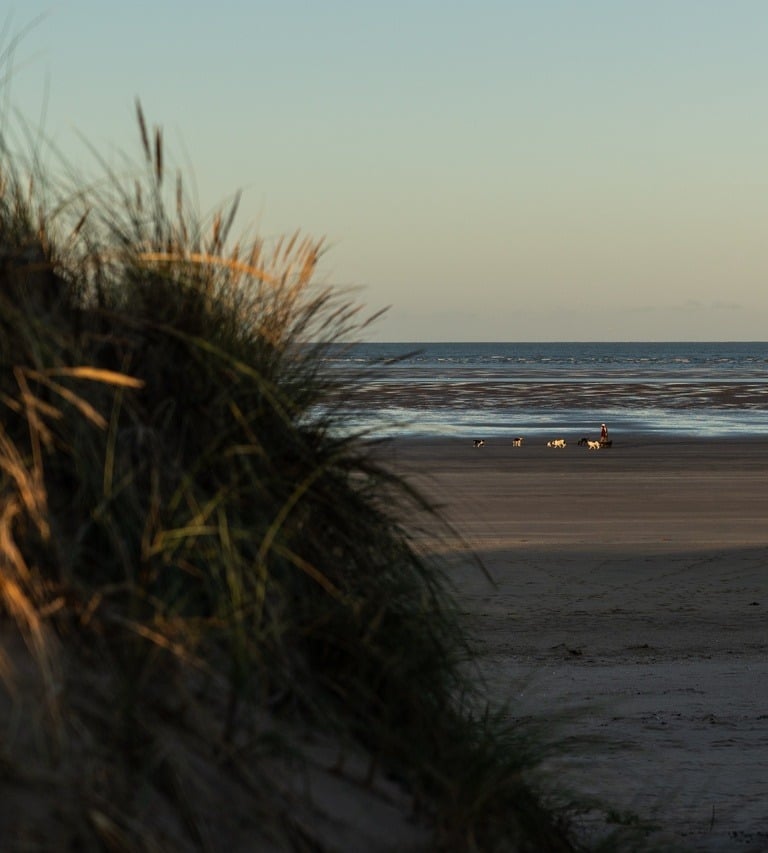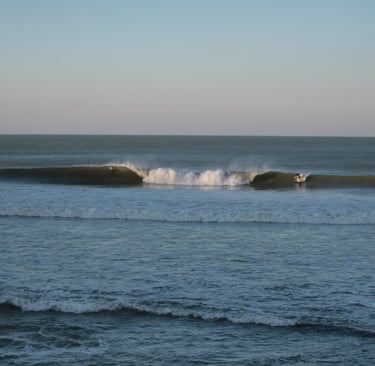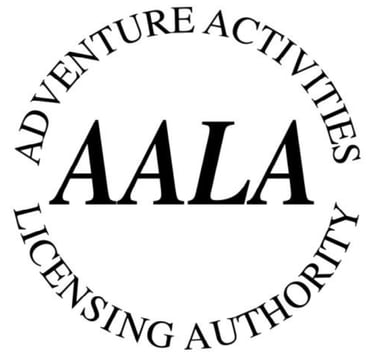UNDERSTANDING TIDES
The movements of the tides have a massive effect on the size and quality of the waves in the UK. Hopefully this guide will give you an insight into making sense of all the terminology.
SURFING ADVICE


What are tidal movements?
The gravitational forces of the moon and the sun, affect all water on the planet, essentially pulling water towards them. When the sea is furthest up the beach this is high tide, furthest down the beach low tide. A tide that is moving up the beach, is coming in or flooding, moving down, going out or ebbing. There is generally 12 hours 25 minutes between high tides.
Spring tides and neap tides.
When the sun, moon and earth are all in alignment, the combined gravitational force is the strongest. This creates the highest and lowest tides of the month and also the greatest difference in height between high and low.
Neap tides occur when the moon is at a right angle to the sun, so the gravitational effect of the moon and sun work against each other. High tides are then lower than the average, low tides higher than average.
There are 2 spring tides and 2 neap tides every month.
Tidal ranges.
Different areas of the world experience different tidal ranges. South Wales experiences huge differences between low and high tide of up to 9m, where as in the Mediterranean, the difference is barely noticable. The tidal range for mid Wales is around 5m at its most extreme.
© Celtic Routes.
How does the tide affect the surf?
The tidal movements will play a massive role in the size and quality of the surf, especially here in mid Wales.
A very general rule for here is, the surf is always bigger on the ebbing tide, but this is not set in stone.
Neap tides have less of an effect on the quality of the surf. Spring tides can have a huge effect and making the tidal window to get good waves very small. Learning the local variations for any area, requires dedication, patience and time.












